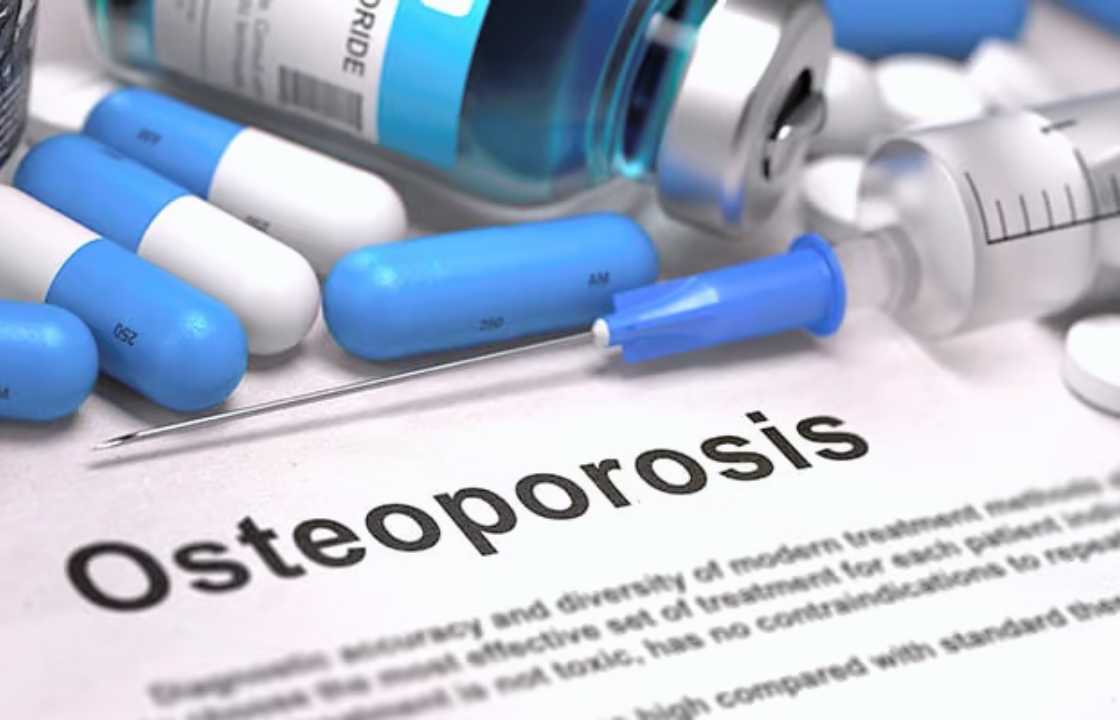drugs, Medical Care, Medications
Osteoporosis Drugs: Which one is right for you?
Throughout our lives, our bones undergo constant renewal through a process called bone turnover. Osteoclasts break down and remove old bone, while osteoblasts lay down new bone. After menopause, bone removal accelerates, and the pace of bone formation may not keep up, leading to bone loss and the development of osteoporosis—a condition characterized by weakened and brittle bones.
Even with an osteoporosis diagnosis, the risk of fractures can be mitigated. Several medications are available to slow bone loss and promote bone strength.
Diagnosis of osteoporosis involves measuring bone density, typically at the hip and spine, using dual-energy x-ray absorptiometry (DEXA). The result, expressed as a T-score, compares bone density with that of a healthy 30-year-old woman.
Medication may be recommended if you have:
1. A T-score of –2.5 or lower, meeting the criteria for osteoporosis.
2. A history of hip or vertebral fractures caused by a fall while standing.
3. A T-score between –1.0 and –2.5 (osteopenia) and a high risk of hip or osteoporosis-related fractures in the next 10 years, as determined by a fracture risk calculator.
Osteoporosis treatment: Where to start
To inhibit bone breakdown, many doctors often prescribe bisphosphonates, especially for individuals with a very low T-score. Various bisphosphonates are available, including:
1. Pills: Alendronate (Fosamax), ibandronate (Boniva), or risedronate (Actonel, Atelvia), taken daily, weekly, or monthly.
2. Injections: Ibandronate (Boniva), administered once every three months.
3. Intravenous infusion: Zoledronic acid (Reclast), given once a year.
The choice of bisphosphonate may depend on the specific location of bone loss. Alendronate, risedronate, and ibandronate are effective in reducing spine fractures. For women with a history of hip or non-spinal fractures, alendronate and risedronate may be preferred over ibandronate.
If a patient experiences gastrointestinal issues or cannot maintain an upright position for the required time after taking an oral bisphosphonate, injections or infusions may be recommended, offering similar effectiveness.
While concerns about bisphosphonate risks, such as femur fractures and jaw osteonecrosis, are valid, these are more common in people using intravenous bisphosphonates for cancer-related bone issues or in women on long-term, high-dose bisphosphonates. Most women take bisphosphonates for approximately five years, and the bone-protective benefits persist even after discontinuation.
Other drug options
For postmenopausal women who aren’t starting with a bisphosphonate or those who’ve already been on one for five years, several alternative options are available:
1. Raloxifene (Evista): A selective estrogen receptor modulator (SERM) that decreases bone turnover, reducing the risk of vertebral fractures in individuals with osteoporosis of the spine. Side effects include hot flashes, muscle pain, and an increased risk of blood clots in the leg.
2. Teriparatide (Forteo) and Abaloparatide (Tymlos): Synthetic versions of parathyroid hormone that increase bone density and strength, significantly reducing the risk of fractures in the spine and other bones. Typically limited to two years, after which patients are switched to a bisphosphonate to maintain bone density. Requires daily self-injections.
3. Denosumab (Prolia): A monoclonal antibody administered twice yearly to prevent the formation of bone-dissolving osteoclast cells. Considered for women who cannot tolerate bisphosphonates, and usually continued indefinitely once started.
4. Romosozumab (Evenity): A monoclonal antibody for severe osteoporosis, often considered after a fragility fracture. Blocks sclerostin, a protein inhibiting bone formation. Administered once a month for one year.
5. Calcitonin (Miacalcin, Fortical): The oldest osteoporosis drug, a hormone that prevents bone loss by binding to osteoclasts. Available as a daily nasal spray or injection, it reduces spinal fractures but is not a first-line treatment for most women.
The choice of medication depends on various factors, including individual health, preferences, and the specific characteristics of the osteoporosis.

